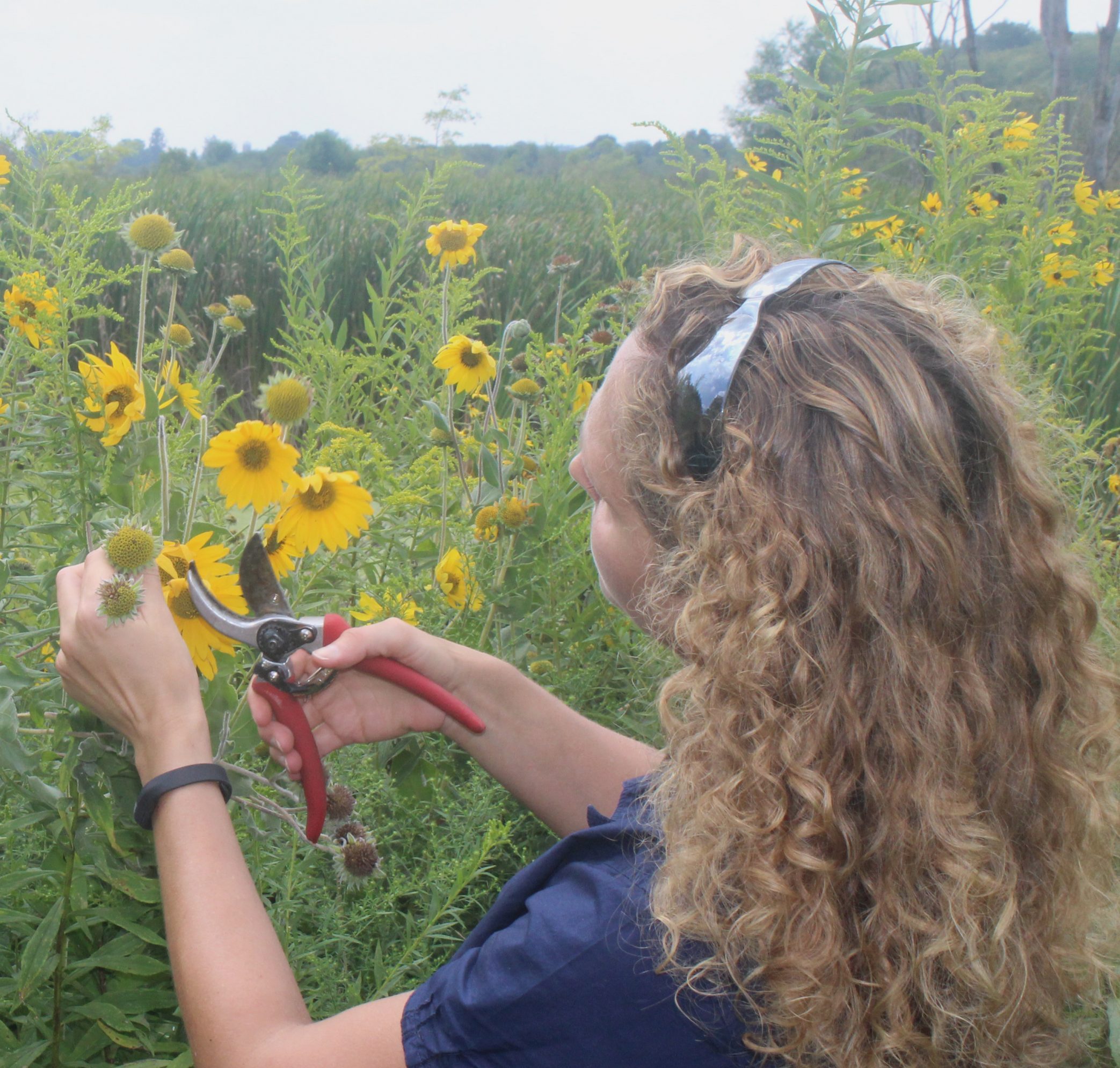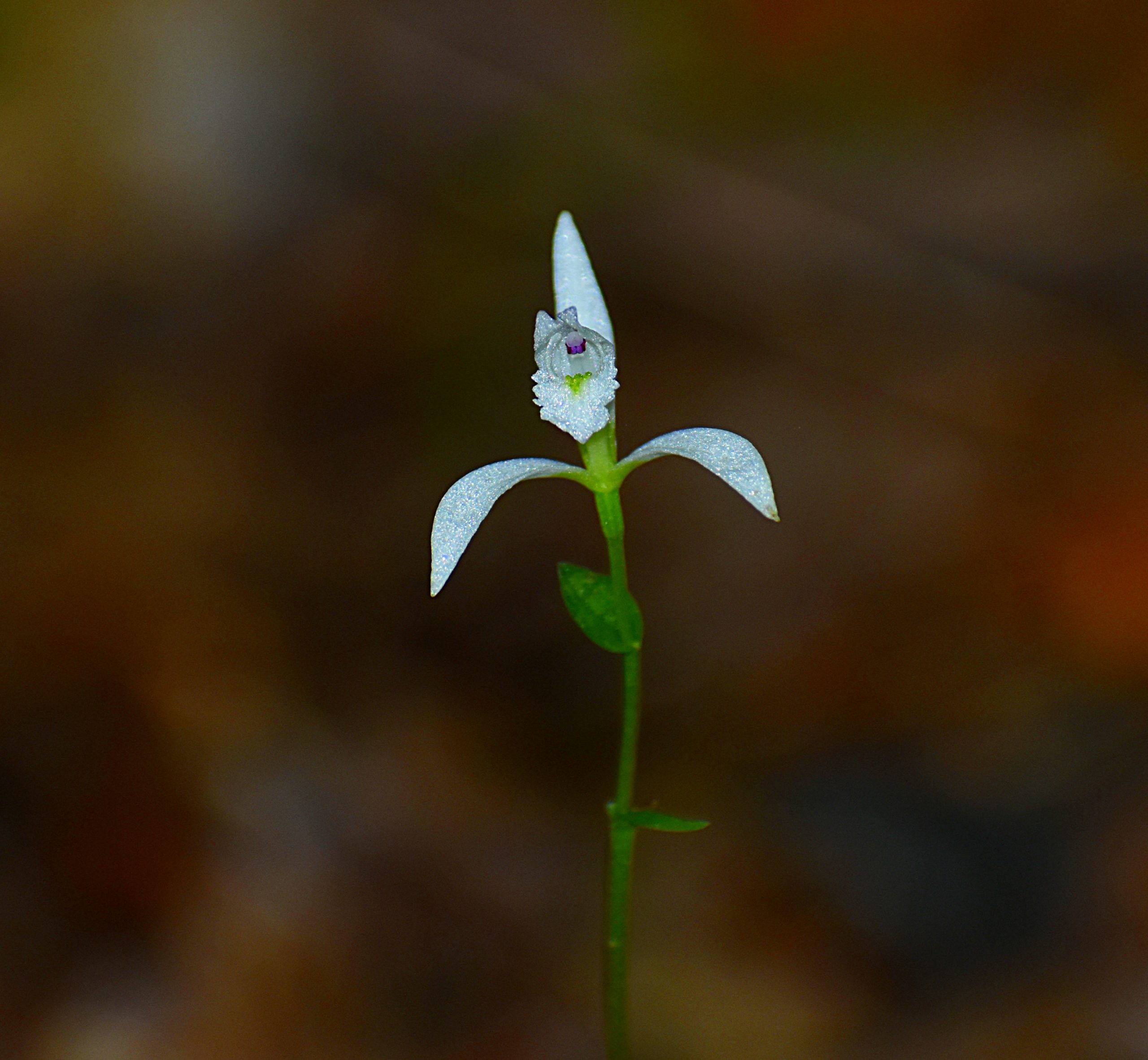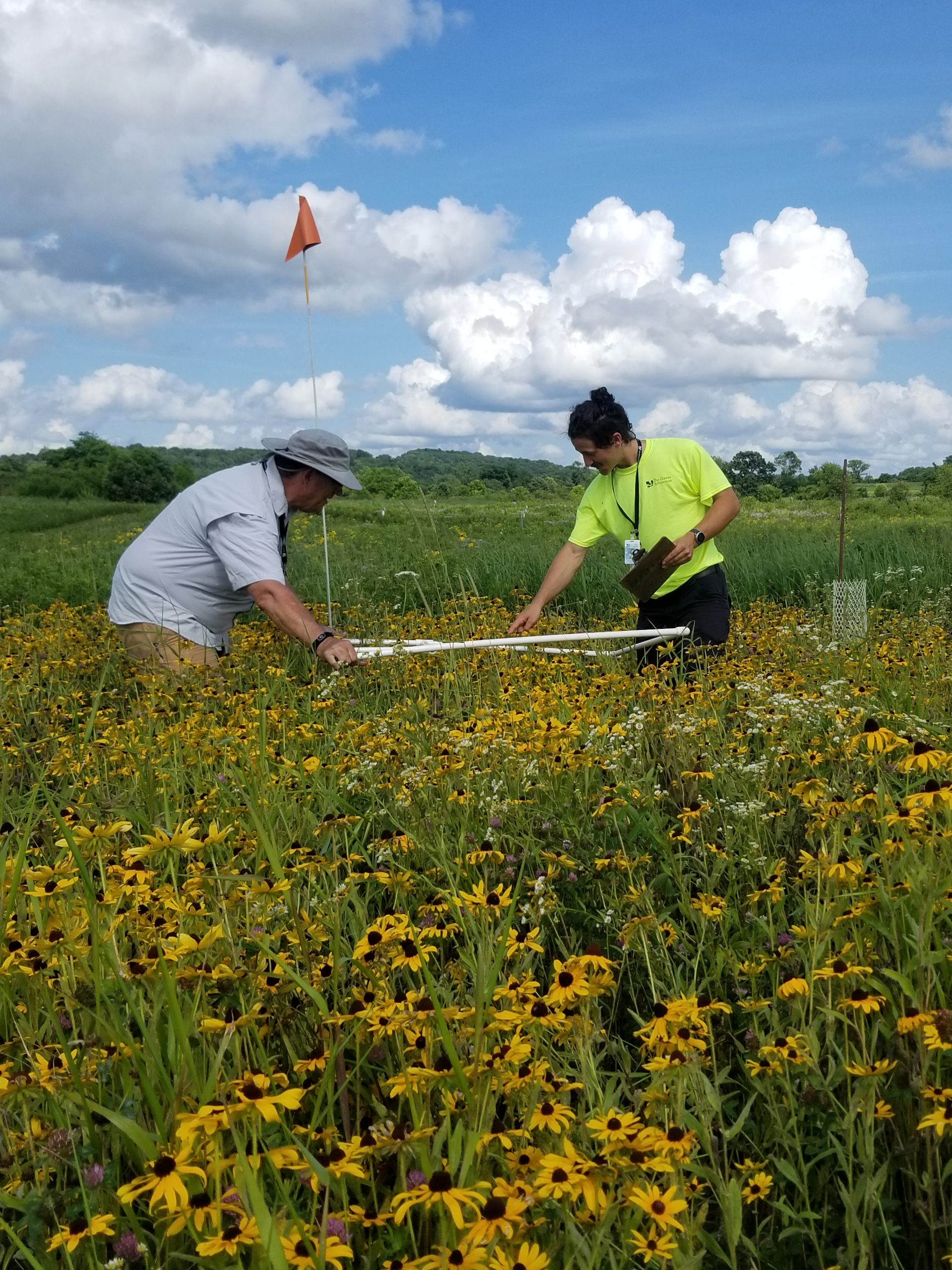Natural Resource Management and Conservation Research at The Dawes Arboretum and Beyond
The Dawes Arboretum has been rooted in conservation and wise management of natural resources since its founding in 1929, with a vision ranging from growing collections of trees and plants suitable for Ohio’s climate to experimenting with forestry techniques and sharing outcomes with the public. Today that vision continues with a renewed strategy on managing ecosystems for resilience and biodiversity.
The Arboretum uses a whole-ecosystem approach to manage its nearly 2,000 acres, including woodlands, wetlands, prairie and meadows, as well as sandstone gorges, riparian corridors and farmland. The primary goal is conservation of plant species – both rare species that are currently threatened due to loss of original habitat, and abundant species that face future threats from a changing and more extreme climate. Methods in its toolbox include promoting native plant communities and the wildlife that depend on them, monitoring biodiversity within ecosystems, and applying innovative management techniques to find solutions for complex ecological problems. The Arboretum’s approach to forest restoration provides a good example. Former agricultural land is first used to study a model of natural reforestation. The model is then applied to develop plans for planting a forest that will support the greatest number of species as climate changes.
Developing a natural reforestation design model requires a series of steps, beginning with a thorough site evaluation. Data collected from soil mapping, corridor connectivity analysis, and examination of historical land use provide a foundation for determining an ecological restoration target for each annual planting project. Species are then selected to increase biodiversity and promote resilience to our changing climate, using a two-part prioritization based on locally adapted seed – collected from known wild origin – and research-based predictions of hardiness to anticipated climate variations. For each whole-site planting, an appropriate seed mix is defined to establish a seed bank of herbaceous plants that will tolerate a variety of light conditions as the trees mature and form a canopy. This strategy is key to inhibiting non-native colonization and setting a healthy trajectory for establishment of locally appropriate species. Both trees and shrubs are included to support a forest structure that will progress from mid-story layers to a mature canopy over time. The Arboretum team also uses management case study data to vary model parameters such as layout, tree protection from herbivory, and vegetation maintenance, homing in on the most efficient and cost-effective methods to reduce fossil fuel inputs during the first decade of establishment.

The Arboretum’s natural resource management program has met with many successes to date. Importantly, the ecosystem approach has served rare species well. On the nearly 2,000-acre reserve land, the conservation team maintains stable populations of the three-birds orchid (Triphora trianthophora), listed as rare or threatened throughout much of its range in North America. Preservation and forest site management have been key to ensuring viability of this population, despite changes to the light regime following increasingly frequent storm events that damage the canopy.

The Arboretum’s goals are ambitious, and its work includes several challenges – especially in the areas of building capacity, funding and infrastructure. One particularly difficult task is to accurately anticipate extreme weather events – increased precipitation, more frequent flooding, and drought caused by extreme heat waves – and devise ways to mitigate them using current resources. Like many organizations, the program could benefit from additional funding and infrastructure. Yet optimism runs high. According to Director of Land Conservation Shana Byrd, “We believe that with enough innovation, creativity, and drive to succeed, our strategy of demonstrating the results of our efforts, sharing outcomes through peer-to-peer training, actively building the next generation of horticulture and conservation professionals through our advance training programs, and seeking support from our community and partners to help us reach the next rung on our ladder will help us address these challenges.”
Shana’s statement recognizes that the Arboretum’s work is not done in a vacuum. Partners contribute valuable insight, support and capacity. The Ohio State University, Denison University, and other academic institutions help the Arboretum advance its research objectives through collaborative studies of living collections and natural areas. Key partners in capacity-building include the regional Rural Action Inc., and the federal Corporation for National and Community Service.
In addition to hands-on conservation work, the Arboretum places equal emphasis on involving the community and inspiring them to protect native species in their own backyards. A significant achievement is the establishment of an active and dedicated group of volunteers, AmeriCorps national service members, and Environmental Professionals Training Program trainees – all essential to achieving the conservation and natural resource goals of the organization. Another major contribution is the Arboretum’s Greenbelt Initiative, which provides a community consultation resource to local businesses to support the installation of conservation-focused landscapes throughout the region. The Ohio Native Plant Month organization recently designated the Arboretum as a Native Plant Learning Center in recognition of its many contributions to educating the public about the values of native plants, including convening an Ohio Native Plant Network, stimulating diverse stakeholders to promote the use of native plants in a landscape context, and a multitude of educational workshops and symposiums that demonstrate the value of our nation’s native flora.
Looking to the future, the Arboretum team will build on their successes to advance the applied science of ecological restoration, focusing on wide-ranging value for the conservation of native plants. Strategies include educating the public on the critical need to conserve plants for individual well-being, demonstrating the value in innovative conservation and restoration approaches, training the next generation of conservation and horticulture professionals, and empowering communities by teaching practical ways to create native landscapes that support biodiversity at home. The Arboretum looks forward to building capacity for its growing focus on botanic research, to enable conservationists to plan more resilient natural areas and working landscapes with capacity to endure the changes anticipated in years to come.
